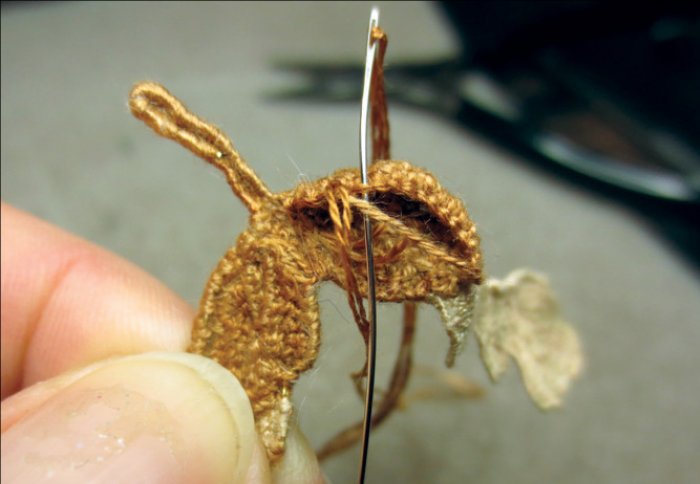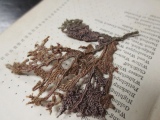Making medicine bespoke

Professor Roger Kneebone explores parallels between medicine and fine dining, embroidery and magic in his new series of essays in the Lancet.
A few years ago a chance meeting with Joshua, a bespoke tailor from London’s Savile Row, made me question what I thought I knew about medicine. At one stage in my career during the 1980s, I was a trauma surgeon, operating on patients with stab and gunshot wounds in Johannesburg’s Soweto township in South Africa. I did a lot of sewing then—bowel resections, vascular anastomoses, repairs, and reconstructions—and I thought I was good at it. As I watched Joshua sewing a sleeve onto a jacket decades later, that experience came flooding back, although it was years since I did major surgery. But when I asked Joshua to let me have a go I got a nasty shock.
Sitting with the jacket on my knee, a thimble on my finger, and a straight needle in my hand I felt completely incompetent and out of my depth. I realised that I hadn't been good at sewing in a generic sense at all, only at using a needle and thread in the very particular context of the operating theatre, surrounded by a team who handed me instruments, mounted my sutures, and made sure I got a good view. Change the context and the task looks very different.
Since then, Joshua and I have uncovered parallels between our worlds which have surprised us both.The four Art of Medicine essays published in The Lancet this January bring insights from Joshua and experts in other fields whose work sheds light on the practice of medicine. They draw on a series of explorations over several years, partly within a Masters in Surgical Education that I lead at Imperial College London and partly through a Wellcome Trust Engagement Fellowship.
These essays propose that a systematic exploration of expert practices outside medicine can challenge our assumptions as clinicians and bring new insights.The essays move away from the content of medicine—anatomy, biomedical science, diagnosis, treatment,prevention—to the details of its practice. The first essay sets out how bespoke might provide a metaphor for clinical medicine. Bespoke connects the knowledge and skill of an expert with the wishes and needs of a client, bringing all participants into alignment and paying equal attention to each. The expertise of making is applied within a relationship of care based on integrity, honesty, and trust.
The following essays will examine aspects of bespoke as shown by different experts:
First, I investigate how performance is crucial to developing this relationship of care, using close-up magic to show how techniques of capturing, placing, and shaping attention underpin expert communication. Next I explore the physical making that is a hallmark of bespoke. A collaboration between a lace maker and a vascular surgeon shows how engagement with the material world can deepen insight into practices that we take for granted. I examine craftsmanship and materiality, asking how an engagement with “stuff” is mediated through touch and doing. Finally, I investigate the balance between individual care and the systems within which it is provided, using fine dining to cast light on health care.
collaboration between a lace maker and a vascular surgeon shows how engagement with the material world can deepen insight into practices that we take for granted. I examine craftsmanship and materiality, asking how an engagement with “stuff” is mediated through touch and doing. Finally, I investigate the balance between individual care and the systems within which it is provided, using fine dining to cast light on health care.
My aim in these essays is to frame clinical care as a practice in which performance and craftsmanship are essential counterpoints to scientific knowledge, and where expertise outside medicine can be as illuminating as that within.
Read Professor Kneebones article's at The Lancet.
Article text (excluding photos or graphics) © Imperial College London.
Photos and graphics subject to third party copyright used with permission or © Imperial College London.
Reporter
Roger Kneebone
Department of Surgery & Cancer